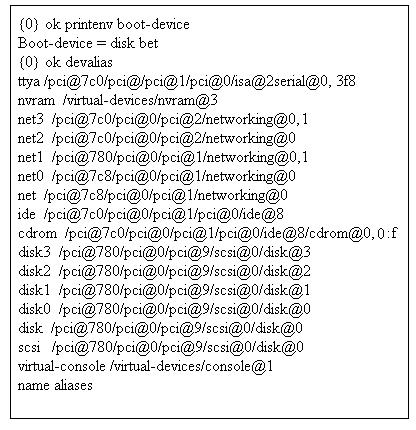At ValidExamDumps, we consistently monitor updates to the Oracle 1Z0-580 exam questions by Oracle. Whenever our team identifies changes in the exam questions,exam objectives, exam focus areas or in exam requirements, We immediately update our exam questions for both PDF and online practice exams. This commitment ensures our customers always have access to the most current and accurate questions. By preparing with these actual questions, our customers can successfully pass the Oracle Solaris 11 Installation and Configuration Essentials exam on their first attempt without needing additional materials or study guides.
Other certification materials providers often include outdated or removed questions by Oracle in their Oracle 1Z0-580 exam. These outdated questions lead to customers failing their Oracle Solaris 11 Installation and Configuration Essentials exam. In contrast, we ensure our questions bank includes only precise and up-to-date questions, guaranteeing their presence in your actual exam. Our main priority is your success in the Oracle 1Z0-580 exam, not profiting from selling obsolete exam questions in PDF or Online Practice Test.
When configuring Zones using Automated Installer, the following line is found in the manifest:
What does the "source" element correspond to?
* Use the configuration element in the AI manifest for the client system to specify non-global zones.
Use the name attribute of the configuration element to specify the name of the zone.
Use the source attribute to specify the location of the config file for the zone.
The source location can be any http:// or file:// location that the client can access during installation.
* The following sample AI manifest specifies two Non-Global Zones: zone1 and zone2
You should replace the server_ip with the ip address of the NFS server.
<!DOCTYPE auto_install SYSTEM 'file:///usr/share/install/ai.dtd.1'>
<target>
<logical>
<zpool name='rpool' is_root='true'>
<filesystem name='export' mountpoint='/export'/>
<filesystem name='export/home'/>
<be name='solaris'/>
</zpool>
</logical>
</target>
<software type='IPS'>
<source>
<origin name='http://pkg.oracle.com/solaris/release'/>
</source>
<software_data action='install'>
<name>pkg:/entire@latest</name>
<name>pkg:/group/system/solaris-large-server</name>
</software_data>
</software>
<configuration type='zone' name='zone1' source='file:///net/server_ip/export/zone_config/zone1'/>
<configuration type='zone' name='zone2' source='file:///net/server_ip/export/zone_config/zone2'/>
Which three options are features of the Oracle Solaris 11 Automated Installer?
Note:
Not A:
* Jumpstart Profiles and Rules would have to be converted to be used in Automated Installer.
Use the js2ai utility with the -r option to convert both JumpStart rules and their associated profiles to AI criteria and manifests.
* Both Solaris Custom JumpStart and Oracle Solaris Automated Installer (AI) provide hands-free installation of multiple systems on a network. Clients are booted over the network, and once the client is booted, the installer takes over.
What is the expected behavior when running the following command on an x86 system?
# boot net:dhcp
The x86 systems cannot be told to network boot like sparc systems (ie. boot net - install).
Note:
* How to Boot a SPARC Based System From the Network
1. Become the root role.
2. If necessary, bring the system to the ok PROM prompt.
# init 0
3. Boot the system from the network without using the ''install ''flag.
ok boot net:dhcp
Note - If you have changed the PROM setting to boot with DHCP by default, you only have to specify boot net, as shown here:
ok boot net
What physical devices will be used in sequence to boot the system, given the following output?

Note:
* second line in exhibit (minor typo):
boot-device = disk net
*The line starting with net is:
/pci@780/pci@0/pci@1/network@0
What three items are true with regard to network planning in a Solaris 11 environment?
The following table lists different tasks for planning the network configuration.
* (A) Identify the hardware requirements of your planned network topology.
Determine the types of equipment that you need for your network site.
*(C) Determine the type of IP addresses to use and obtain registered IP addresses.
Select whether you are deploying a purely IPv4 network, an IPv6 network, or a network that uses both types of IP addresses. Obtain unique IP addresses to communicate to public networks in the Internet.
* (D) Determine a naming scheme to identify the hosts in the network as well as the name service to use.
Create a list of names to assign to the systems on the network and decide whether to use NIS, LDAP, DNS, or the network databases in the local /etc directory.
* If necessary, establish administrative subdivisions and design a strategy for subnets.
Decide if your site requires that you divide your network into subnets to service administrative subdivisions
* Determine where to place routers in the network design.
If your network is large enough to require routers, create a network topology that supports them.
* Decide whether to create virtual networks in the overall network configuration scheme.
You might need to create virtual networks within a system to reduce the hardware footprint of your network.